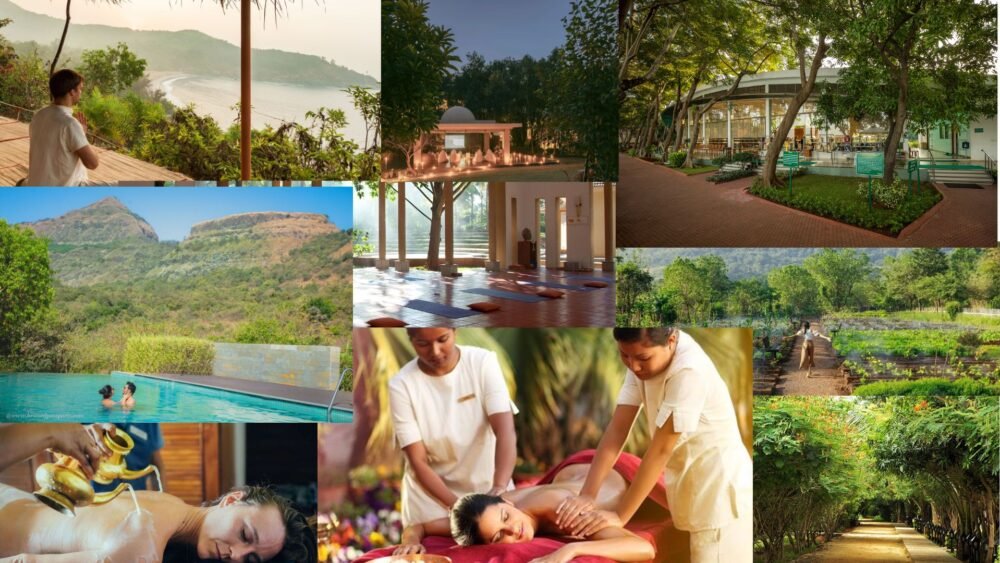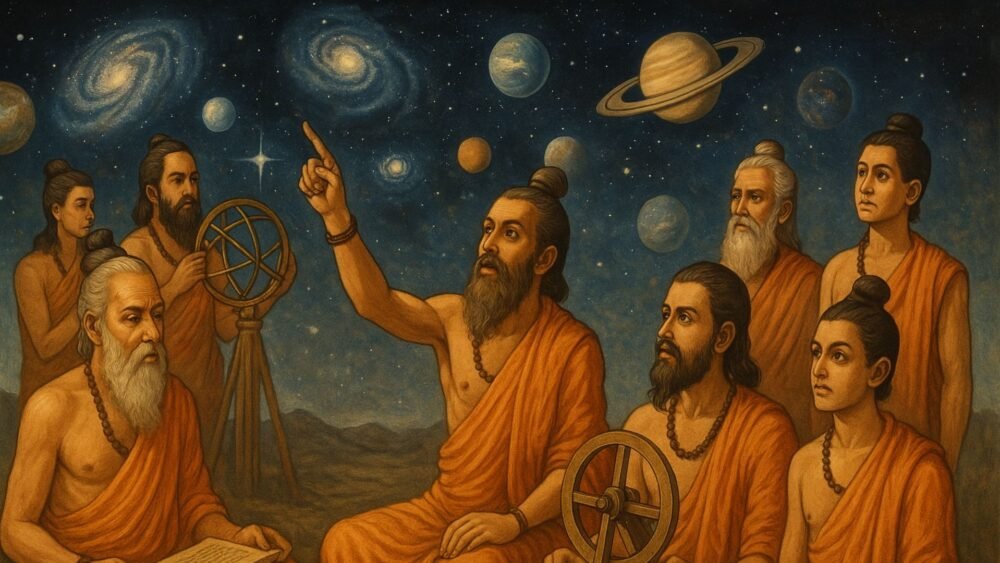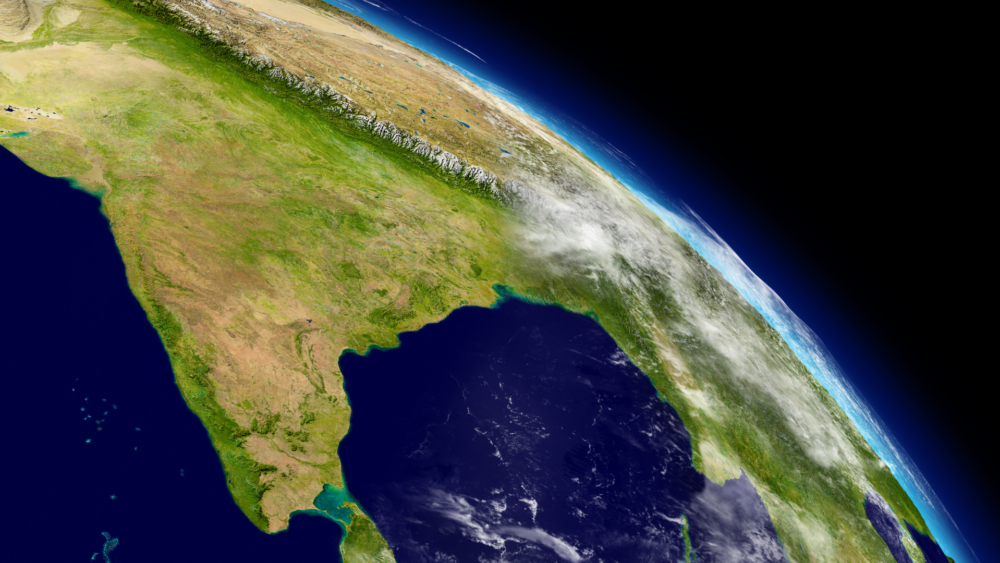Have you ever wondered about the fascinating stories behind India’s Incredible tribal and folk dances? What makes these Tribal and Folk Dances of India unique and diverse?
India has many different cultures and traditions. Tribal & folk dances are a big part of showing how colourful and diverse our country’s culture is.
The incredible tribal and folk dances of India are more than just dances, they’re a way of life for the people. Together, these dances create a colourful and lively picture of India’s rich heritage.
Firstly, do you know what is Indian folk dance?
Indian folk dances are simple dances that people all worldwide enjoy. They do these dances when a new season begins, when a baby is born, at weddings, festivals, and other special times.
Sometimes, men and women dance separately, and other times, they dance together.
Whether it’s the lively Bhangra in Punjab, the elegant Odissi in Odisha, or the spirited Garba in Gujarat, folk dances express the happiness, energy, and storytelling heritage of the people!
Explore the soulful tribal and folk dances of India, where tradition meets life in every rhythmic step. Dive in now!
1. Bhangra in Punjab

Bhangra is a much-loved dance in Punjab and all over India. People enjoy it because it’s full of energy and excitement. Did you know why is bhangra famous in Punjab?
Bhangra started with farmers in Punjab as a way to celebrate their culture and community together. In Bhangra, you need two special musical instruments: a Dhol drum and a Chimta.
Men usually wear a Kurta and Tehmat and put on a turban. Girls wear long, pretty clothes and nice jewellery.
The dance outfits have lots of bright colours, and each colour means something special.
2. Chhau in East India

The Chhau dance is something that is even recognized by UNESCO as an important part of India’s culture. This tribal dance comes from East India, especially Odisha, West Bengal, and Jharkhand.
In Chhau, they use fantastic dance moves that look like martial arts and exciting fights, and they also tell stories through their dance.
It is said that this dance started as a way to worship Lord Shiva. In the past, men would dress up like God and then do a special dance called Tandava.
The most exciting part of Chhau dance is the dancers wearing masks and holding swords and shields. Both men and women wear colourful Dhoti outfits with wide bottoms.
3. Garba in Gujarat

Garba is a special group dance done by people during the nine-day Hindu festival called Navratri. It is a very famous folk dance from India.
This dance is all about a clay lantern called the Garba Deep, a statue that represents Goddess Shakti, who stands for her strong and positive energy.
Women wear pretty embroidered Ghagra and Choli dresses and make a circle to dance the Garba. Do you know which city is famous for garba?
If you want to see this dance at its best, you must visit Vadodara in Gujarat during Navratri.
4. Bharatanatyam in Tamil Nadu

Can you guess which dance is India famous for? What is India’s national dance?
It is Bharatanatyam, a special dance from Tamil Nadu, and a national dance of India. Its roots go way back to a very old book called Natyashastra, written by a legendary person named Bharata.
Bharatanatyam performances involve a well-practiced and carefully planned combination of facial expressions, hand movements, dance steps, and eye movements. They usually use Carnatic music for the performance.
Bharatanatyam costumes typically come in two types, resembling pyjamas and featuring a unique skirt design. These outfits are both artistic and comfortable, allowing dancers to match their movements with the rhythmic beats of ‘Tala sounds.’
Bharatanatyam dancers often wear heavy jewellery and makeup.
5. Raas Leela in Uttar Pradesh

Raas Leela is a traditional dance that lots of people love in Mathura and Vrindavan, Uttar Pradesh. They do it mostly during Holi and Janmashtami festivals.
What does Raas Leela mean?
It’s all about the stories of Lord Krishna, and in this dance, you see Lord Krishna, Radha, and their female friends dancing together. It’s often called the ‘dance of divine love’.
In this dance, there’s a boy or girl who looks like Krishna, with a flute and peacock feathers on their head. Then, a bunch of girls, wearing special dresses called Ghagra, Choli, and Dupatta, pretend to be Gopis.
It’s worth mentioning that Indian classical dances like Kathak and Manipuri were inspired by the stories and traditions of Raas Leela. This makes Raas Leela a very special and important theme in these classical dances.
6. Ghoomar in Rajasthan

The Ghoomar dance started in the Bhil community of Rajasthan, but over time, it became popular even in the fancy palaces of kings and queens.
The word “ghoomna” means the spinning or twirling motion of the dancers, and this spinning is what gives the name “Ghoomar” to the dance.
What is ghumar famous for? It symbolizes womanhood and represents a rite of passage in which young girls actively participate to declare that they are now stepping into the shoes of a woman.
In the old customs, when a bride who just got married came to her new home, it was a tradition for her to do the ghoomar dance to celebrate her arrival.
The magic of this dance is in how the women twirl gracefully while wearing colourful, swirling long skirts called ghagra. These skirts show off the beautiful colours of their clothing!
7. Lavani in Maharashtra

Lavani is like a mix of tribal dancing and singing. People used to dance to the beats of a drum called Dholki. Dholki is also used in traditional Marathi theatre.
In Lavani, women dance to the lively rhythm of the Dholak drum. They wear long nine-yard sarees (Nauvari) in the Marathi style and have shiny gold jewellery on them.
8. Padayani in Kerela

Padayani is a special dance that combines music, acting, painting, love for the divine, and, of course, dancing. People perform Padayani near the Pampa River at Bhadrakali temples to remember its important religious stories.
In Padyani, which means “military foundation,” performers wear colourful masks known as kolams.
In this dance, people act out stories from Hindu epics and wear famous masks like Bhairavi, Kalan, Yakshi, and Pakshi to do so.
To make it more exciting, the cheerful sounds of the Thappu drum (the main instrument in Padayani) get everyone moving.
9. Ghumura in Odisha

Ghumura is the most famous and loved of all the traditional tribal dances in Odisha. Boys in colourful outfits perform Ghumura during Dussehra to celebrate the defeat of evil.
Based on studies, this Ghumura dance was seen as a kind of dance for battles in India, and even Ravana in the Ramayana performed it.
The presence of this dance in the Sun Temple in Konark shows that it comes from a long time ago. The way this dance is performed makes it a special “heroic dance.
10. Fugdi in Goa

Fugdi dance is one of the top tribal dances in Goa. Women in their middle years dance Fugdi during religious festivals like Ganesh Chaturthi.
Women gather in a circle for this dance, and tribal women perform it in a line. You don’t need musical instruments or songs from others. The women sing the songs themselves.
11. Namagen in Himachal Pradesh

Namagen is something very important in the state. The Kinnauri tribal community in Himachal Pradesh does the Namagen dance in September to have fun when autumn starts.
Besides the nice music, what makes this dance special is the dancers’ woollen outfits. Unlike many other tribal and folk dances in India, Namagen requires several musical instruments and is a well-known folk dance in India.
12. Singhi Chham in Sikkim

The Singhi Chham dance in Sikkim is where people wear masks, and they use the dance to show something important about their state.
This dance is a way to show respect to the protector god of Sikkim, Guru Padmasambhava.
The Bhutia people in Sikkim show their wonderful culture with the Singhi Chham dance. This dance is all about the snow lion and is part of a special ceremony each September as part of the Kanchenjunga celebration.
Curtain Call
Folk and tribal dances bring people closer, and keep the cultural dance of India alive!
India’s incredible tribal and folk dances offer a vibrant window into our diverse culture. These dances are more than just movements; they embody traditions, stories, and celebrations of life.
Whether it’s the energetic beats of Bhangra, the graceful movements of Odissi, or the vibrant energy of Garba, these dances become living canvases that paint India’s tapestry of cultural richness.
Written by Akanksha Ghule from Deshpee. The images have the copyrights from their respective sources.









